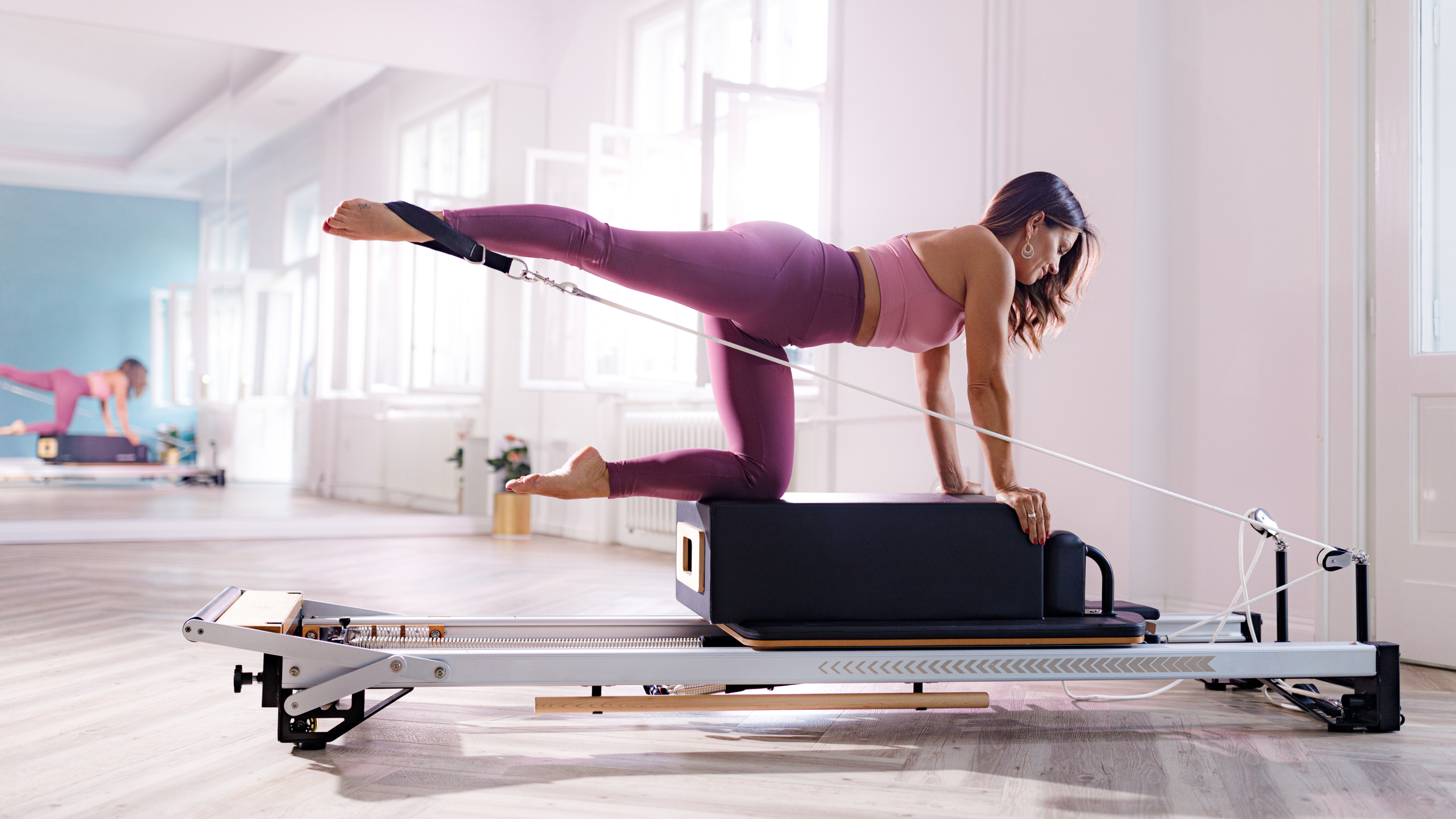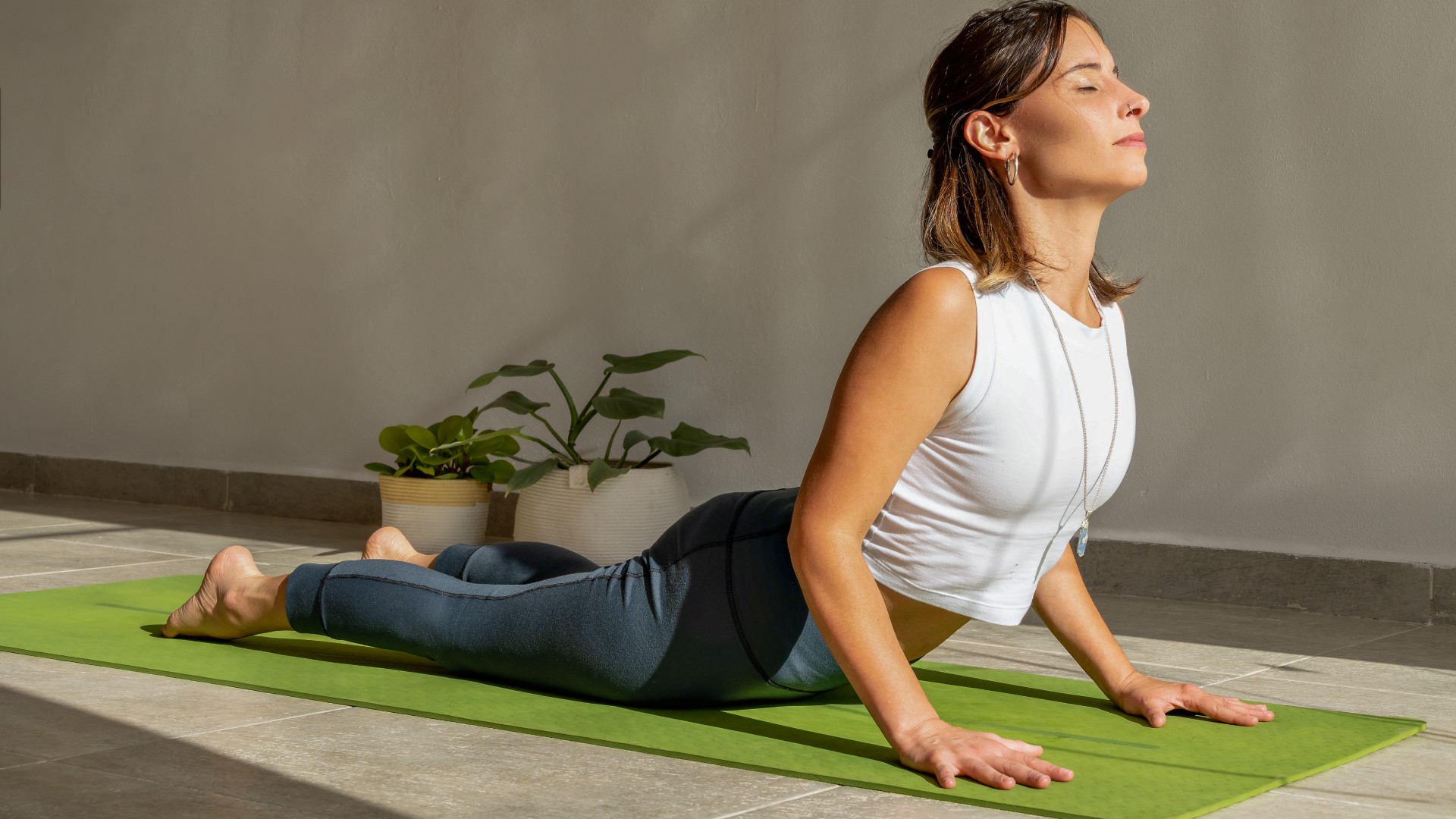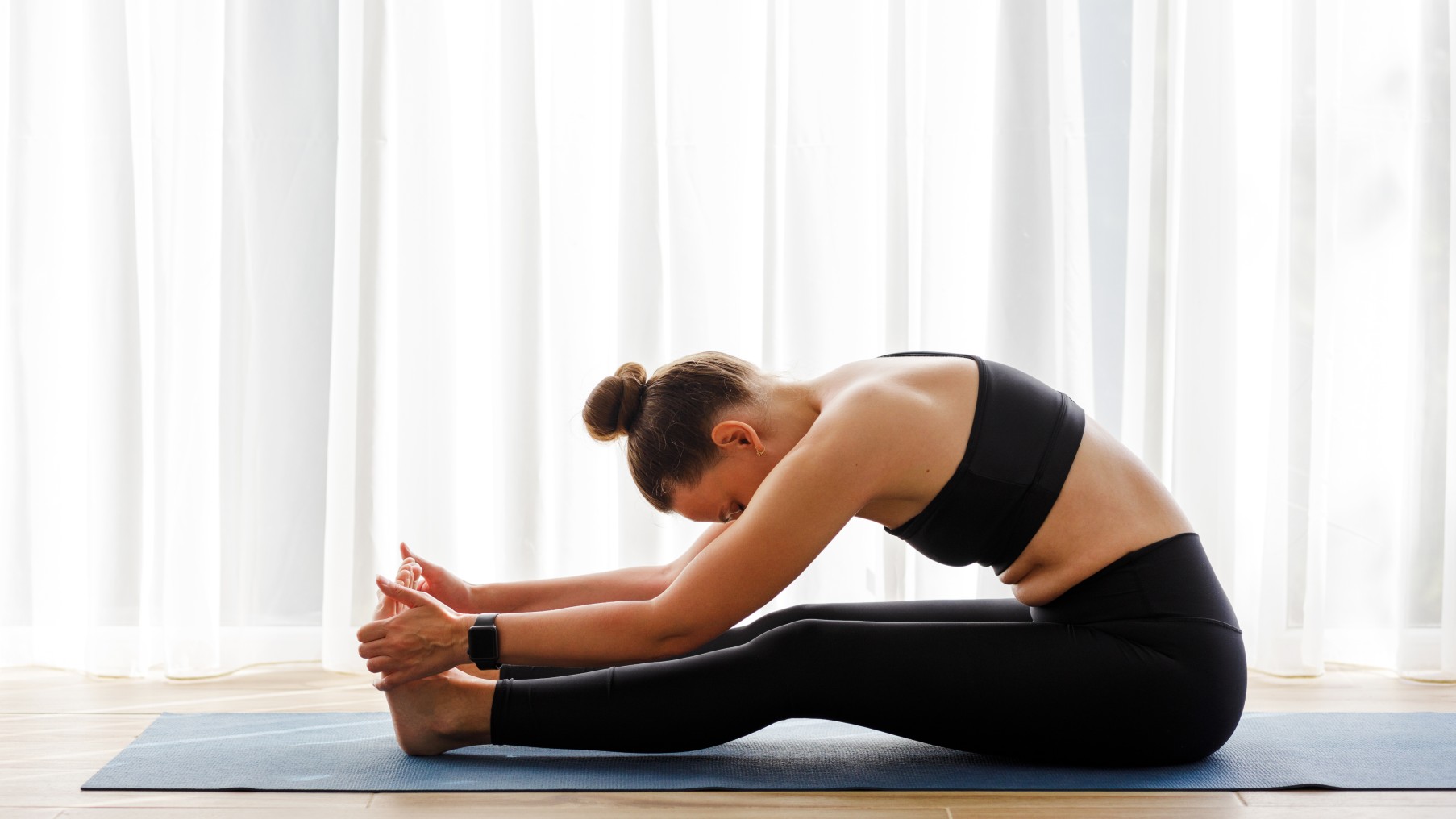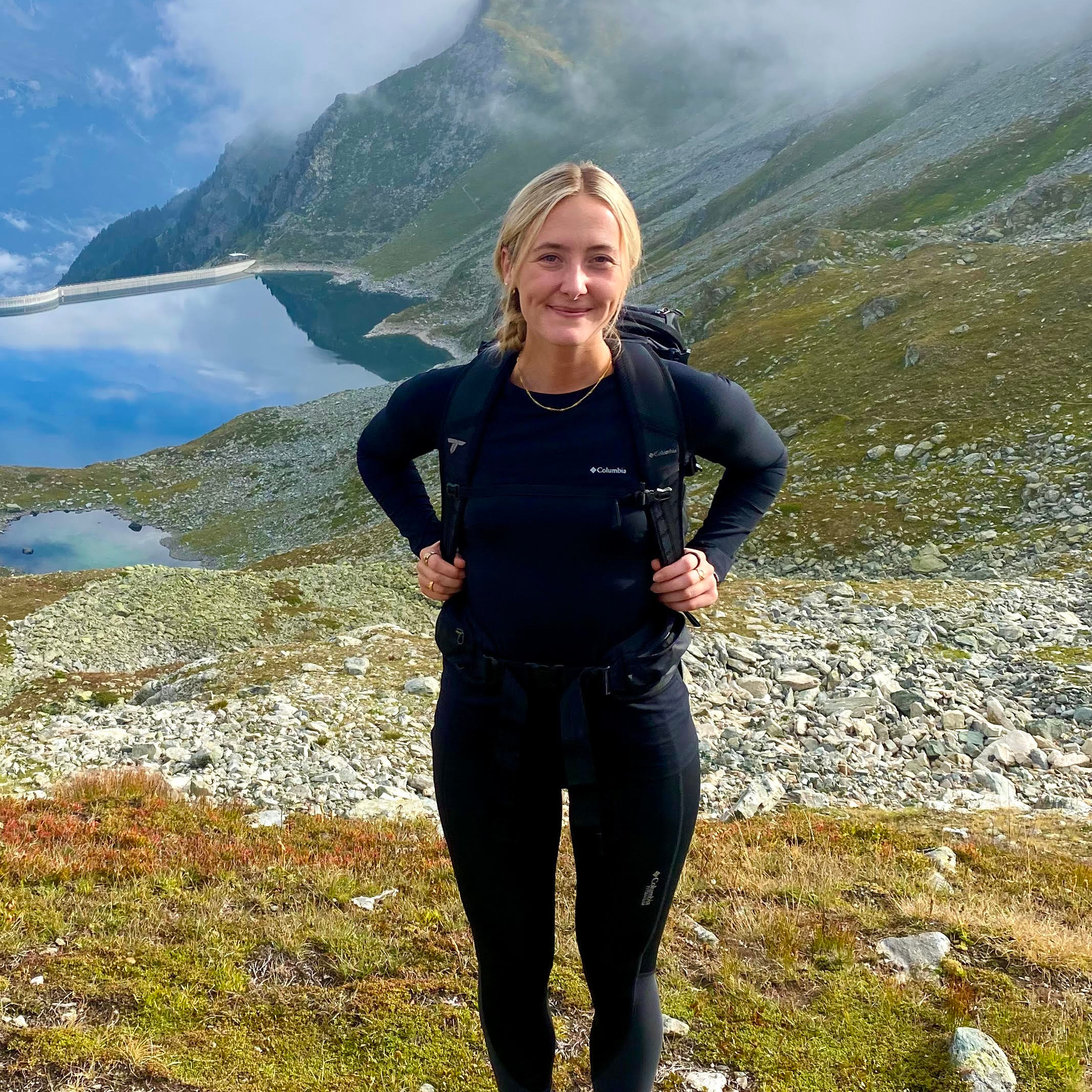5 simple tips a Pilates instructor wants every beginner to know
This will help you begin Pilates without feeling overwhelmed

Whether you’re heading to your first studio class or planning to follow along with videos at home, starting Pilates can feel a little daunting. Even after trying a handful of classes over the years, I still often feel like a beginner myself.
To settle any uncertainty and clear up a few common misconceptions, I spoke to certified Pilates instructor Charlotte Marsh, who shared the key things she wants every newcomer to know before stepping onto the mat.
Speaking of mats, we at Tom’s Guide have thoroughly tried and tested the best yoga mats to help you find one that suits your space, budget and practice. So if you’re ready to begin, here are the simple tips Marsh's recommends for total newcomers.
If you’re new to Pilates and want a mat that won’t slip or slide, this one has the cushioning, stability and grip to keep you feeling grounded. The alignment markers are genuinely useful for beginners learning where to place hands and feet, and the materials are non-toxic and eco-conscious. It also comes with a carry bag, which is a nice bonus.
1. Match your goals with a style of Pilates
Pilates comes in a lot of flavors, so it helps to know what you’re looking for. Classical Pilates is the most traditional style; it follows the original method created by Joseph Pilates, a German physical trainer who developed the practice in the early 1900s. It uses all the classic studio equipment you’ve probably seen people use on Instagram.
Contemporary Pilates takes the original ideas of Joseph Pilates and updates them using modern exercise science. In practice, this often means the movements look and feel a little more flexible and creative than traditional Pilates.
Then you’ve got the fitness-focused options. These include mat classes, reformer classes, Hot Pilates, Megaformer workouts and Pilates with weights. I even tried a Rowformer class once, which combines Pilates and rowing into one very spicy session. They usually feel more like a more intense workout than a slow, controlled practice.

If you feel more comfortable starting at home, you are spoiled for choice with online trainers that share routines for free. Move With Nicole offers simple routines you can follow without equipment, and I’ve found Gemma Folklard’s Instagram workouts really helpful. She even adapts Reformer-style exercises so you can try them on a basic mat.
Get instant access to breaking news, the hottest reviews, great deals and helpful tips.
Before you pick a class or video, think about what you want from it. Do you want calm and control, strength building, or something that feels fast-paced and sweaty? As Marsh says, “Your goals really matter when choosing where to begin.”
2. Get familiar with neutral spine, core engagement and breathing
Core engagement is one of the trickiest things for beginners to get right. Different teachers might explain it in slightly different ways, so Marsh advises not to overthink it at first.
The idea is to gently activate your deep abdominal muscles so that they are ready to support your movements. Think lift, not clench. You want your core active, not stiff.
Breathing works hand in hand with this. Pilates uses a rib-expanding breath pattern that lets your body move more freely and helps you feel calmer. Coordinating your breath with your core and spine makes exercises safer and more effective.
But you might not relate to any of that advice until you are actually giving Pilates a go. So, Marsh says when you do step onto the mat, just “Follow your teacher’s guidance and you’ll eventually find what feels right for your own body."
3. Choose clothes that let you move freely

You’ll roll, twist, lift, circle, bend and stretch, so choose clothes that move with you. I’ve learned the hard way that the leggings and sports bras I wear for running aren’t always the best choice here.
Softer, stretchier fabrics feel far more comfortable. Avoid anything that digs in or rides up. A top you can tuck in helps during movements where your body inverts, and some studios may ask you to wear grippy socks and tie your hair back.
Marsh says comfort matters more than most beginners realize. “Wear something that lets you move freely so you can focus on the exercises instead of adjusting your outfit,” she says. “You want to feel secure, supported and able to breathe, especially when the movements get more challenging.”
4. No pressure, it’s a practice
Pilates was originally called Contrology, so the aim isn’t to hold a pretty pose for Instagram. It is all about controlled, continuous movement. You’ll flow from one exercise to the next, so drop any expectation of perfection.
Marsh says that Pilates should feel mindful and intentional rather than stiff or static. She wants anyone trying it out for the first time to know that they are learning a skill, not passing a performance exam.

5. Everyone starts as a beginner
If your class offers beginner, intermediate and advanced options, choose the one that actually fits your level. No one earns a medal for jumping into the deep end. Pilates skills build gradually with repetition and body awareness, so permit yourself to take the beginner path. You will progress much faster with good foundations than with ego-driven shortcuts.
Marsh adds, “The most important thing is consistency and listening to your body. Everyone moves at their own pace, and there is no shame in starting with the basics. Celebrate small wins along the way. Even mastering a single movement correctly is progress.”
More from Tom's Guide
- Try this easy 5-move standing core workout if you want strength without getting on the floor
- This workout skips sit-ups and crunches: Here's a trainer's 4-move routine for building a stronger core over 50
- Forget running — try this 15-minute walking workout that’s low-impact but surprisingly powerful for your metabolism

Follow Tom's Guide on Google News and add us as a preferred source to get our up-to-date news, analysis, and reviews in your feeds.

Jessica has been a fitness writer at Tom’s Guide since 2023, bringing three years of experience writing about health, fitness, and the great outdoors. Her passion for exercise began during her childhood, where she spent weekends hiking and competing in local athletics club events. After earning a master’s degree in journalism from Cardiff University, Jessica found the perfect way to combine her love of storytelling and fitness into a career.
Jessica is passionate about testing fitness gear and tech, using her reviews to help readers make informed buying decisions. She ran her first marathon in April 2024, finishing it in 3 hours and 48 minutes. Through her training, she’s developed a deep understanding of what it takes to grow as a runner, from effective workouts and recovery techniques to selecting the right gear for every challenge.
When she’s not at her desk, Jessica enjoys spending time in the kitchen crafting new recipes, braving cold water swims and hiking.
You must confirm your public display name before commenting
Please logout and then login again, you will then be prompted to enter your display name.

